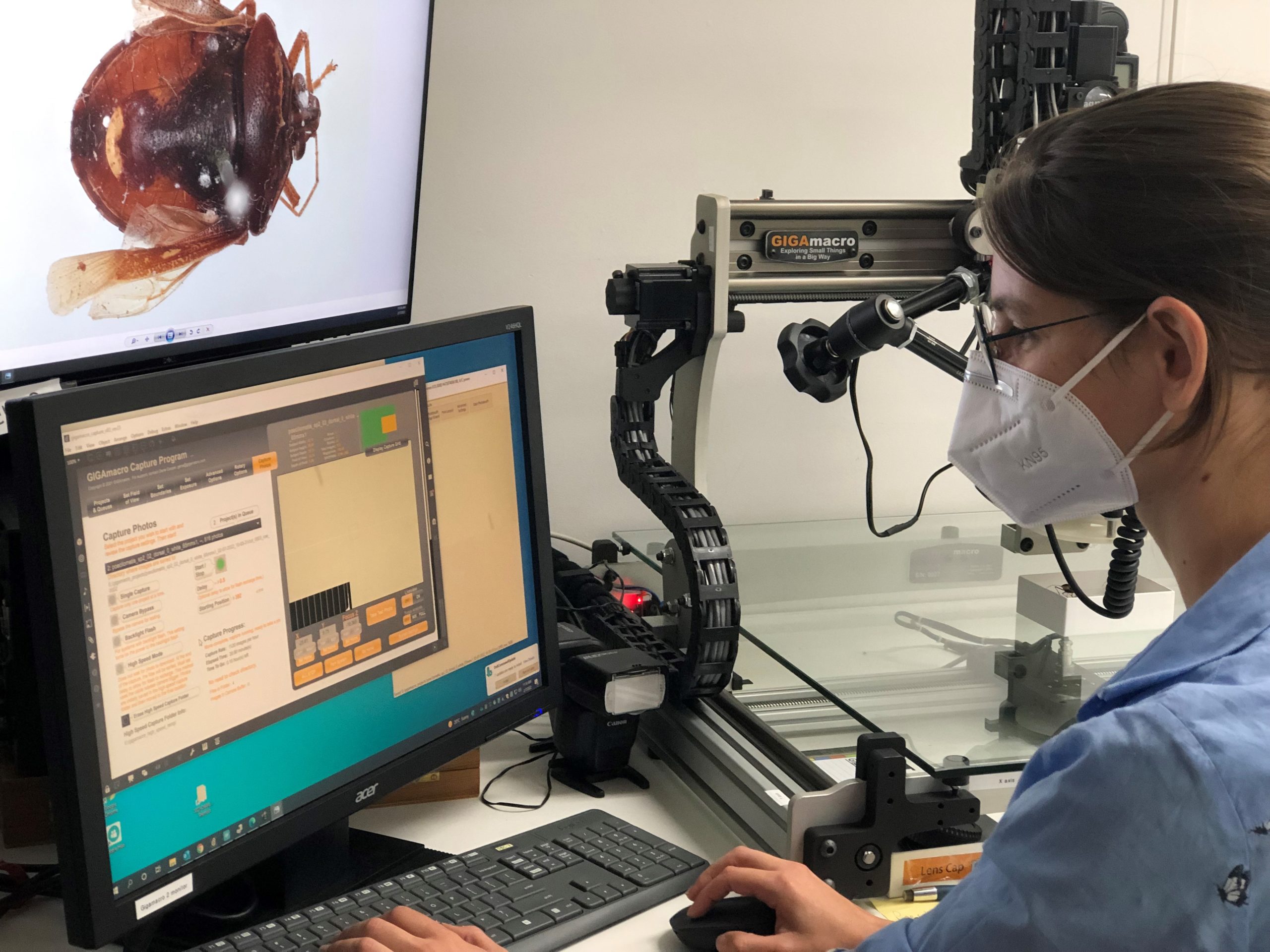



Article by: Hari Yellina
CSIRO, Australia’s national science agency, is developing an app to help keep brown marmorated stink bugs out of the country, an invasive species that has the potential to wipe out more than 300 different plant species if it gets through quarantine. The app, which is being developed for the Department of Agriculture, Water and the Environment (DAWE), is based on a Microsoft-funded prototype that uses AI to identify stink bug species based on thousands of specimens kept at CSIRO’s National Research Collections Australia. The software is currently being tested at DAWE’s quarantine stations. Collaborations, according to CSIRO Chief Executive Dr Larry Marshall, are a great way to turn novel discoveries into concrete solutions.
“This software will aid our biosecurity inspectors in distinguishing alien species from native ones, providing a distinctively Australian answer to a uniquely Australian problem.” The software illustrated the practical applications of having a large insect library, according to CSIRO taxonomist Dr Alexander Schmidt-Lebuhn. Dr Schmidt-Lebuhn explained, “We’re capturing detailed digital shots of the stink bugs in our insect collection, including using a 3D imaging technology to take photographs from many perspectives.” “The AI model in the app detects the species and tells how probable it is to be correct using a smartphone camera to zoom in or out and look at the bug from different angles.” “Species profiles with example photographs and information are also included in the app.”
To help build out the database and inform biosecurity responses, users can record a photo of the bug, its identity, geographic locations, and local time.” “Since starting our collaboration with CSIRO in June 2020, our focus has been on aiding CSIRO in their scientific and research efforts,” stated Microsoft Australia National Technology Officer Lee Hickin. CSIRO was able to quickly create the stink bug detection models needed to assist correctly identify the brown marmorated stink insect by leveraging Microsoft AI technologies and Image classification technology. All while acquiring new abilities in cloud automation and automated machine learning.”
The brown marmorated stink bug, which is native to China and has spread to many nations throughout the world, is a hazard to crops like apples, stone fruits, hazelnuts, and wheat. It breeds in vast groups in well-lit sites like car plants, then hibernates in dark places like cars waiting to be exported. In new countries without specialised natural enemies to keep their populations in check, this might lead to infestations. The app’s development team hopes to take the project in two separate directions. “We want to add AI models for more types of biosecurity threats, beyond stink bugs, and we also hope to involve the public in biosecurity work so that people can identify and report pests and weeds,” Dr Schmidt-Lebuhn said.